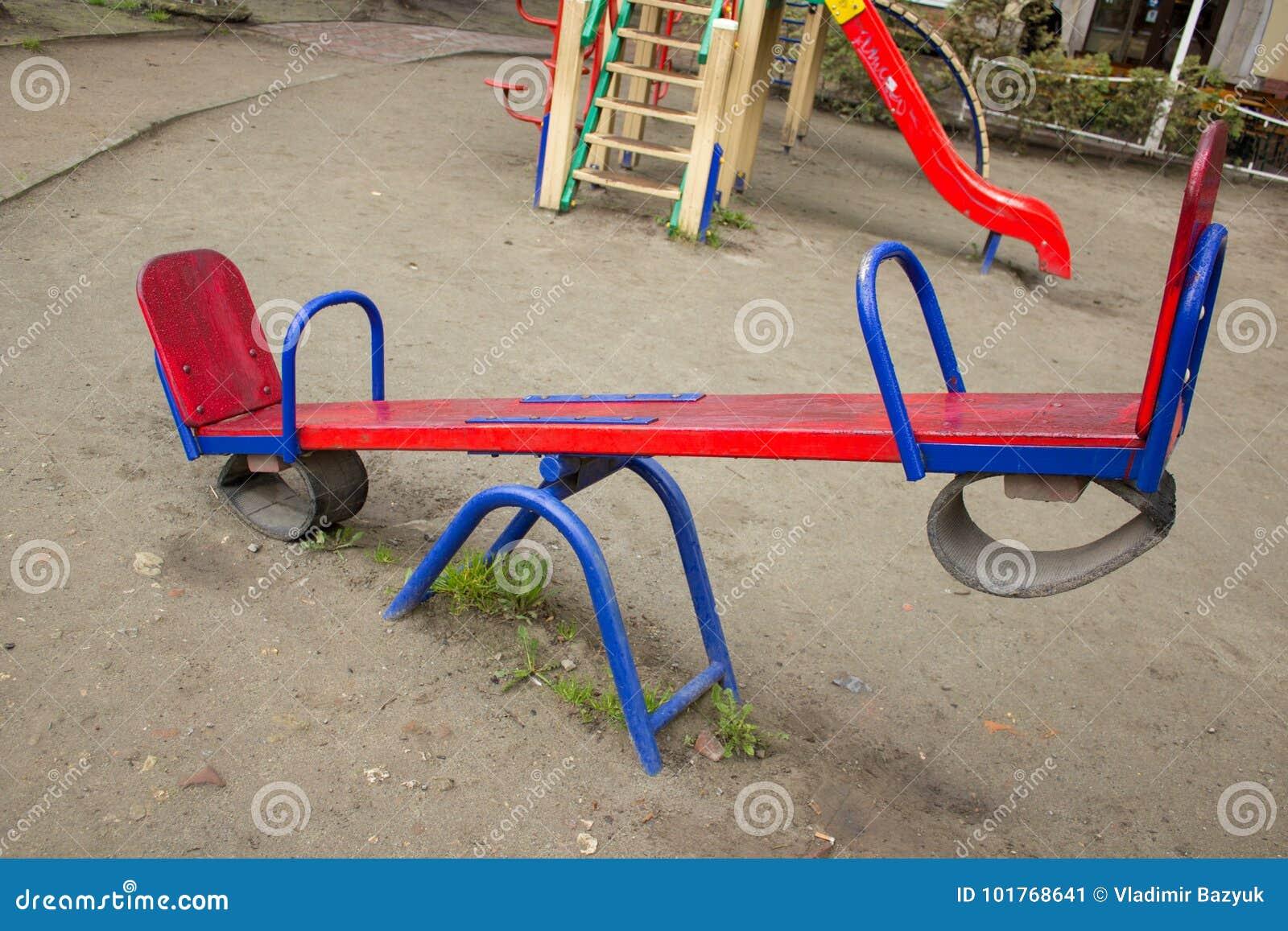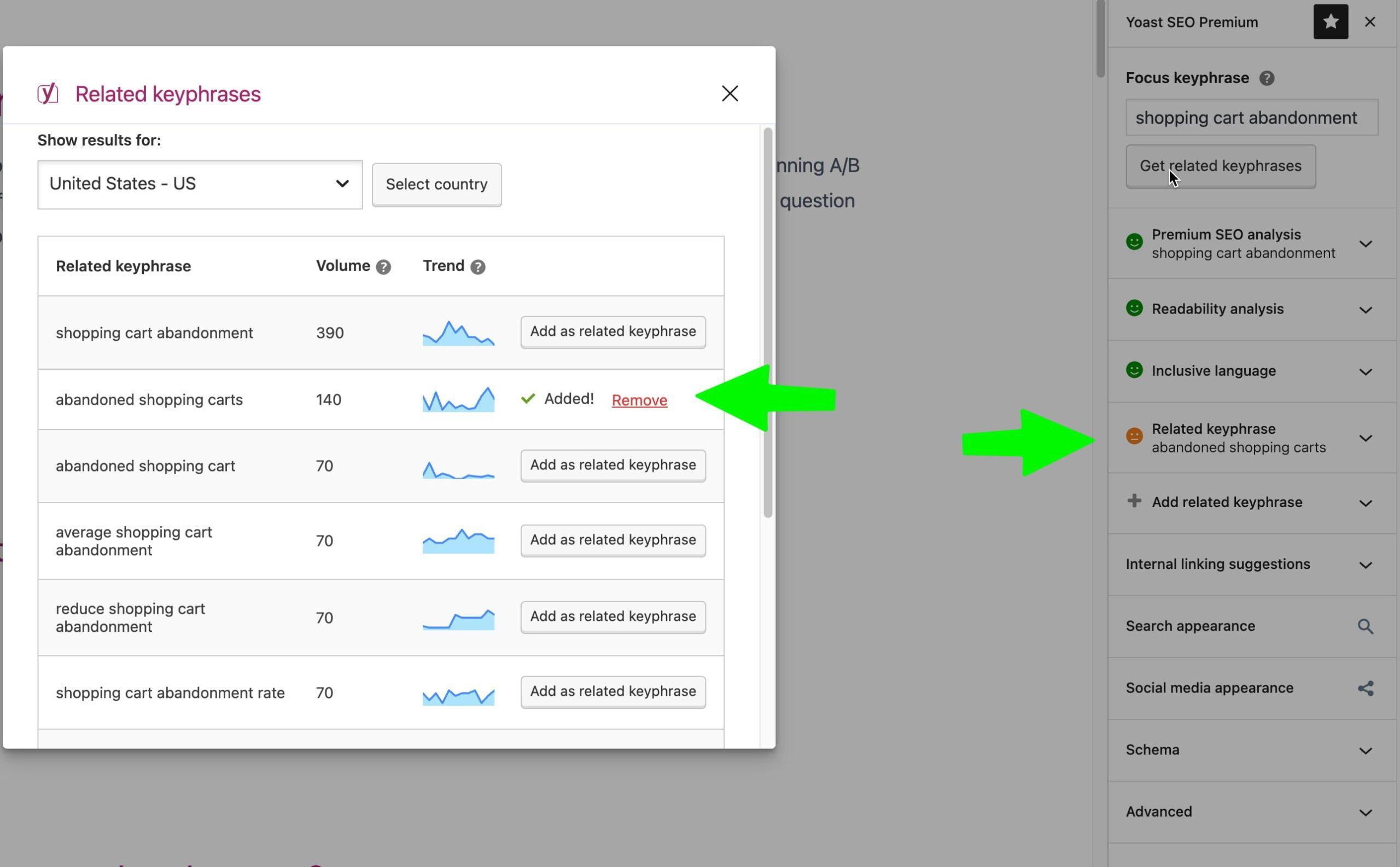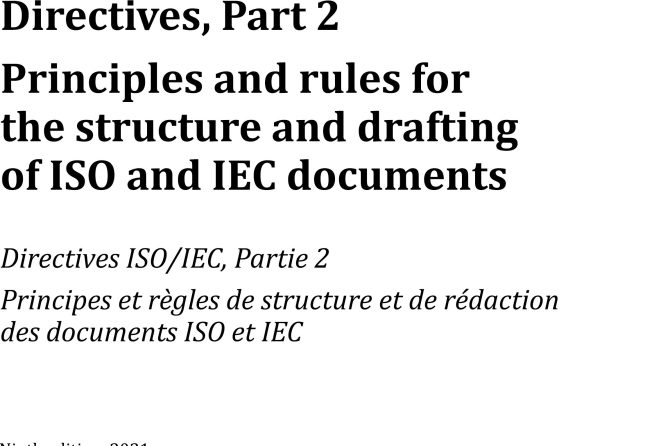Enhance Your Golf Swing: Overcoming Common Flaws for Greater Power
If you’re a golf enthusiast struggling with power and consistency in your swing, you might be falling victim to a prevalent mistake that diminishes both distance and accuracy. Don’t worry! This article will explore the intricacies of the “over-the-top” swing flaw—a common issue that hinders many golfers from achieving their full potential on the course. We’ll examine its causes, negative impacts, and most importantly, provide expert tips and drills to help you overcome this challenge and elevate your game.
The Hidden Swing Flaw That Limits Your Power
A significant swing flaw affecting golfers at all levels is poor sequencing. This often results in a disconnect between body movements during the swing, leading to reduced power and precision. The key to rectifying this issue lies in mastering smooth, sequential rotations of both the body and arms throughout your swing.
The Issue: Inconsistent Clubface Rotation
Inadequate clubface rotation is a major factor contributing to poor sequencing. When the clubface fails to transition smoothly from an open position during the backswing to a closed position at impact, it can lead not only to power loss but also an increased likelihood of slicing or hooking the ball.
The Fix: Prioritize Clubface Control
To achieve proper clubface rotation requires intentional focus during your backswing. Start by positioning the clubface slightly open at initiation; this sets up an effective path for a powerful downswing. As you progress through your backswing, gradually close the face so that it’s slightly shut at its peak.
The Role of Body Rotation in Power Generation
Your downswing should commence with a deep coil of your torso—this coiling action stores energy that can be unleashed as you move into impact. Follow this by rotating your hips first, then shoulders, followed by arms; this sequence creates momentum akin to dominoes falling towards impact.
The Value of Smooth Transitions Between Swings
A seamless transition from backswing into downswing is crucial for maximizing power output. Avoid abrupt or jerky motions as they disrupt built-up momentum; instead aim for gradual energy release allowing natural unwinding which enhances speed.
Understanding Root Causes: Unraveling Swing Imbalances
Identifying what causes imbalances in your swing is essential for effective improvement strategies. Many golfers tend only to address symptoms without recognizing underlying mechanical issues—here’s how you can pinpoint root causes:
- Analyze Your Swing: Record yourself swinging on video; scrutinize any deviations from balanced stances or fluid motions throughout each phase.
- Evaluate Spine Alignment: Ensure that throughout each phase of swinging motion your spine remains neutral—avoid excessive swaying or tilting while maintaining core strength for stability.
- Monitor Shoulder Movement: Pay attention closely as shoulders rotate during swings; uneven shoulder movement may create imbalances limiting overall power output—ensure synchronized shoulder-hip rotations occur smoothly together!
- Check Clubface Positioning: Misalignment upon impact leads directly toward inconsistent ball striking outcomes! Assess angles consistently across swings ensuring square contact occurs every time!
A Step-by-Step Guide To Rectifying Swing Imbalance And Regaining Power
An imbalance between upper/lower body dynamics drains considerable energy from shots taken! To restore balance & consistency follow these steps carefully:
- Delineate The Imbalance:– Observe relationships among upper/lower bodies while executing swings noting excessive movements lagging behind either arms/shoulders/hips ideally aiming towards harmonious unity within them all!
- Tighten Core Engagements :– Contract core muscles firmly throughout entire process providing stability preventing unnecessary upper-body shifts ensuring maximum channeling efficiency regarding generated powers!
- < strong > Sequence Movements Properly : – Initiate downward motion using lower-body components (hips & legs) gradually engaging upper-body elements (shoulders & arms) following momentum created below them maintaining stable head positions enhancing overall balance !
- < strong > Optimize Hip Rotations : – Focus intently upon hip rotations initiating downward actions via 45-degree turns then continuing gradual rotational patterns creating optimal weight transfers leading forward foot placements !
Conclusion
By understanding how best correct these common flaws within one’s own golfing techniques players unlock greater potentials yielding improved distances achieved alongside enhanced accuracies ultimately lowering scores played!
Unlock Your Power: Fix This Common Swing Flaw for Maximum Golf Performance!
Meta Title: Unlock Your Power: Overcome Common Golf Swing Flaws
Meta Description: Discover how to fix common swing flaws to enhance your golf performance. Learn tips, techniques, and exercises to unlock your full potential on the course.
Understanding the Common Swing Flaw
One of the most prevalent issues golfers face is an inefficient swing path. The swing path determines the direction of the ball and its trajectory, making it crucial for overall performance. A common swing flaw can lead to slices, hooks, and inconsistent contact, adversely affecting your scores.
What Causes Swing Path Problems?
- Grip Position: A poor grip can lead to misalignment in the swing path.
- Stance and Alignment: Inadequate alignment towards the target can result in improper swing mechanics.
- Timing: A lack of synchronization between your upper and lower body can cause erratic swings.
Benefits of Correcting Your Swing Path
- Improved Accuracy: A proper swing path allows for straighter shots, improving your overall accuracy.
- Increased Distance: Correcting your swing flaw can lead to a more powerful impact with the ball, helping you achieve greater distance.
- Enhanced Consistency: Regular practice of the right techniques can lead to a more consistent performance over time.
- Reduced Risk of Injury: A proper swing reduces undue stress on muscles and joints, lowering the risk of injury.
Practical Tips to Fix Your Swing Path
1. Grip Adjustment
To correct your swing flaw, start with a proper grip. Here’s how:
- Neutral Grip: Ensure your palms face each other. This alignment helps produce a straighter swing path.
- Grip Pressure: Keep your grip firm but not overly tight which can restrict movement.
2. Check Your Alignment
Proper alignment is vital to an effective swing. Consider the following:
- Foot Positioning: Your feet should be parallel to the target line.
- Shoulder Alignment: Shoulders should also match the same line, ensuring a straight path during the swing.
3. Use of Alignment Aids
Using visual markers can help:
- Alignment Sticks: Place sticks on the ground to visualize your target line.
- Natural Landmarks: Use trees or flags in the background as reference points during practice.
4. Focus on Timing
Timing is essential in maintaining swing fluidity. Practice the following:
- Slow Motion Drills: Perform your swing in slow motion to engage every muscle group and improve coordination.
- Use a Metronome: A metronome can help you establish a consistent tempo during your swing.
5. Drills for Consistency
Implement specific drills to perfect your swing path:
| Drill Name | Description | Benefits |
|———————–|————————————————|———————————|
| Half Swing Drill | Swing halfway back and through. | Improves control and focus. |
| One-Handed Swings | Practice swings using one hand only. | Increases strength and coordination. |
| Tee Drill | Place a tee on the ground in line with your intended path and practice hitting it. | Enhances focus on swing path. |
Benefits of a Proper Swing Path
Increased Power
A well-aligned swing path maximizes power transfer from your body to the club, leading to longer drives and better overall distances.
Enhanced Accuracy
Correcting your swing flaw allows for better directional control—lowering the chances of unintended slices and hooks.
Boost in Confidence
Consistent performance leads to greater confidence on the course, enhancing your enjoyment and engagement during play.
First-Hand Experience
Many golfers often overlook minor adjustments in their swing. Here’s a case study of a local golfer:
- Background: This golfer experienced frequent slices and missed fairways.
- The Fix: After consulting a coach, they focused on grip adjustments and utilized alignment aids.
- Result: Within a few weeks, their accuracy improved significantly, leading to better rounds and increased confidence.
Incorporating Fitness for Enhanced Performance
Flexibility and Mobility Workouts
Incorporating flexibility exercises specifically designed for golfers can enhance your swing mechanics. Consider:
- Torso Rotations: This exercise promotes spinal flexibility, enhancing rotational movement.
- Shoulder Stretch: Maintains shoulder flexibility, which is crucial for a full swing.
Strength Training
Investing in strength training can provide the necessary muscle support for a powerful swing. Focus on:
- Core Exercises: A strong core stabilizes your body during the swing.
- Leg Exercises: Strong legs provide a firm base crucial for a dynamic swing.
Cardiovascular Conditioning
Improving your cardiovascular fitness aids in endurance, allowing you to maintain peak performance throughout your round. Consider activities like:
- Jogging or Cycling: These exercises enhance overall endurance and leg strength.
- Interval Training: Boosts stamina, helping you stay focused and energetic during play.
Mental Aspects of Enhancing Your Swing
Focus and Visualization Techniques
To complement your physical improvements, work on mental techniques:
- Visualization: Imagine executing the perfect swing before stepping up to the tee. This prepares your mind for success.
- Breathing Exercises: Use deep breathing to manage anxiety and improve concentration.
Stress Management
Keeping stress at bay is vital for peak performance. Consider:
- Mindfulness Practices: Yoga or meditation can enhance your focus on the course.
- Routine Development: Establishing a pre-shot routine can help maintain calmness and consistency.
Conclusion
By implementing the strategies and tips outlined above, golfers can effectively fix common swing flaws, unlocking their full potential on the course. Consistency, practice, and dedication to refining your technique, coupled with physical fitness and mental preparation, will lead to improved performance and greater enjoyment of the game.






